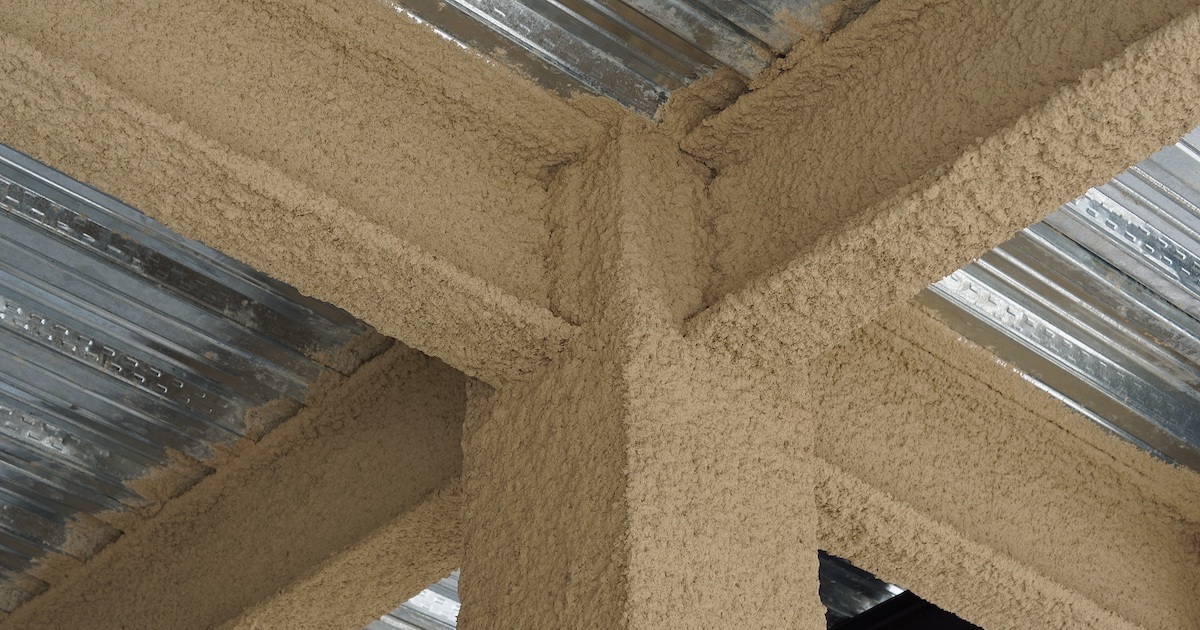
Insulation plays a crucial role in maintaining energy efficiency and comfort in buildings. However, concerns about its fire safety have raised questions among homeowners, builders, and regulators. In this article, we will delve into the topic of insulation as a potential fire hazard and provide expert insights to debunk myths while offering practical advice to ensure fire safety in insulated spaces.
- Understanding Insulation Materials:
Insulation materials come in various forms, including fiberglass, cellulose, foam, and mineral wool. Each material has its unique properties and fire safety characteristics. It is essential to understand these properties to make informed decisions regarding insulation choices. - Fire Resistance Ratings:
Insulation materials undergo rigorous testing to determine their fire resistance ratings. These ratings indicate the material's ability to withstand fire and prevent its spread. When selecting insulation, it is crucial to consider the fire resistance rating that aligns with the specific requirements of your building or project. - Flame Spread and Smoke Development:
One common misconception is that all insulation materials are highly flammable. In reality, many insulation products are designed to have low flame spread and smoke development characteristics. These properties help contain fires and limit their spread, providing valuable time for occupants to evacuate and firefighters to respond. - Fire-Resistant Insulation Options:
For areas where fire safety is a top priority, several fire-resistant insulation options are available. These materials are specifically engineered to withstand high temperatures and resist the spread of flames. Examples include mineral wool insulation, which is non-combustible and offers excellent thermal and acoustic properties. - Proper Installation and Fire Safety Measures:
While insulation materials themselves may have fire-resistant properties, proper installation and adherence to fire safety measures are equally important. Gaps, voids, or improper sealing can compromise the effectiveness of insulation and create potential fire hazards. It is crucial to follow manufacturer guidelines and building codes to ensure insulation is installed correctly and fire safety measures are implemented. - Regular Maintenance and Inspections:
To maintain fire safety in insulated spaces, regular maintenance and inspections are essential. Insulation should be periodically checked for signs of damage, such as moisture intrusion or pest infestation, which can compromise its fire-resistant properties. Additionally, inspecting fire barriers, such as fire-rated walls and doors, ensures their integrity and effectiveness in containing fires.
Conclusion:
Insulation, when chosen and installed correctly, is not a fire hazard but rather a valuable component of energy-efficient and comfortable buildings. Understanding the fire resistance ratings of insulation materials, selecting appropriate fire-resistant options when necessary, and following proper installation and maintenance practices are key to ensuring fire safety in insulated spaces. By debunking myths and providing practical guidance, we can promote informed decision-making and create safer environments for all.